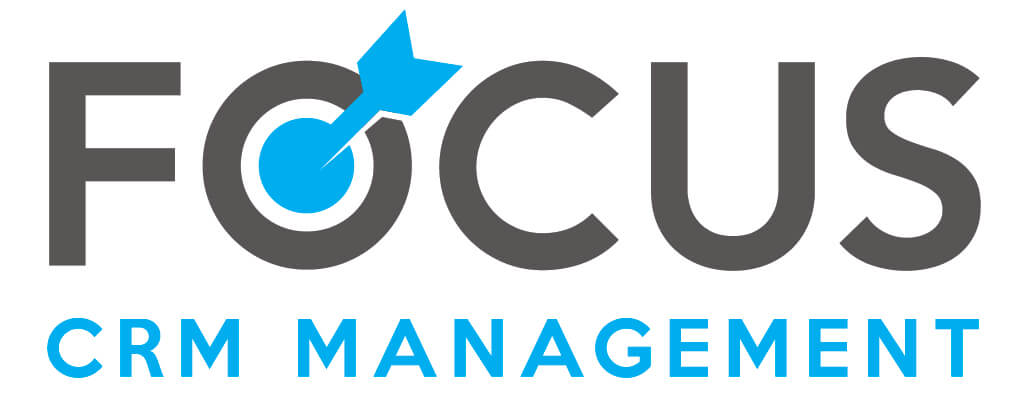Your customers are, by all metrics, the most important element of the equation that constitutes your business. Needless to say, your customers need to be managed with utmost care and attention to detail, which can only be done if you know them intimately. Customer relationship management (CRM) is a technology for managing all your company’s relationships and interactions with your customers; be it prospects, active or inactive clients. The goal of CRM is simple: Improve your business relationships and grow your business. We recommend all businesses implement CRM systems to help your team stay informed and connected to your customers, streamline processes, and improve profitability.
In the real world, many small to midsize businesses don’t have the time or resources to maximize their CRMs and as a result, they fail to properly utilize the full value a CRM can provide. This article examines three ideas on how capitalize on their CRM’s potential.
Automation

Apart from ensuring the accuracy of your data, automation can provide key personnel with more time to focus on the processes that generate revenue and to delve into big picture issues that impact your business. Automation can greatly reduce the time lag that builds when users are working with a “manual” process. At Focus we understand how sales reps, for example, can get bogged down in manually:
- Inputting the details of their sales calls;
- Scheduling their next action points; and
- Creating and updating their accounts, contacts and opportunities.
Fortunately, there’s a way of getting extricated from this quagmire of manual processes—employ workflow and approval automation in your CRM. Doing so allows sales reps to spend far more of their time doing what defines them—selling—and making your CRM more scalable.

An example of this if with many companies where quotes need to be approved beyond a certain value point. In this situation, what you don’t want is having your sales reps filling in Excel docs with information already logged in the CRM and then emailing this out to the person assigned to approve it, and finally, waiting for approval back. Talk about frustrating and a colossal waste of everyone’s time.
As a CRM, Salesforce’s solution is to untilize “Approval Automation”. By leveraging information already filled out within the opportunity record, we create a form that automatically populates itself and notifies the approver to review. No Excel doc required. No emailing of said doc to the approver. No wondering if the approver received the Excel doc and no for waiting for status reports from the approver.
The upshot? More time for sales reps and the approver.
Integration

Not that many years ago, it was rare for organizations to integrate their various systems. Integration technology was clunky and expensive. As a result, anyone wanting to peruse information about a client, such as marketing, sales activity, pipeline, orders and invoicing, needed to access a variety of systems.
Today, it is standard and inexpensive to integrate your CRM with other technologies. At Focus, we help clients implement CRM in such a way that marries their simple tasks like email and calendar tools right up to more complex requirements like connecting their ERP system that incorporates information like orders and invoicing data. This integration provides our customers a single location for any of their staffers to get a complete picture of any customer.
As an example of this, one of our clients had four separate data buckets, each containing a separate piece of information for each of their clients. Marketing maintained HubSpot to track their efforts and results. Sales used Salesfore.com to track their pipeline. Accounting used Epicor to manage orders and invoicing and finally, everyone used Outlook to manage emails, tasks and calendar.
By leveraging integration, we:
- Enabled the HubSpot for Salesforce.com connectivity for Marketing;
- Integrated everyone’s Outlook with Salesforce.com to automatically capture and sync emails, tasks and events; and
- Used Commercient’s app to integrate Epicor with Salesforce.com to bring over order and invoice information in real time.
Now, if any person has a question, albeit marketing, sales or a post-sale order/invoice inquiry, Salesforce.com is their single source to find the answer. For this client, integration has given time back to each person involved by removing the “time-wasting” activities required when sourcing different systems.
Defined Processes

Getting all data in one place allows teams to gain insights quicker. But that’s only half the battle; the other half is creating a unifying and aligned process for how data is to flow and be managed, without which time gets wasted. This happens when marketing and sales are not clear on when to handover responsibility for a lead; when each person in the sales process isn’t clear on when to create an opportunity or when to quote/not quote. Ultimately, when people are left up to their own decisions on how to manage and share data, there is no consistency, and the value of a CRM is compromised.
At Focus, we spend considerable amount of time with each client setting up clearly defined processes for each department. The process enables us to ensure everyone works as a team by sharing and contributing to the database. Furthermore, we enable the system to warn of impending issues instead of being ambushed by them.
The above ideas pertaining to how you use and implement your CRM can drastically impact your ability to scale by giving time back. Automation, integration and defined processes are three ways of achieving this.
Click here to contact us about how to manage your CRM to best leverage these three strategies within your organization and to empower your team.

